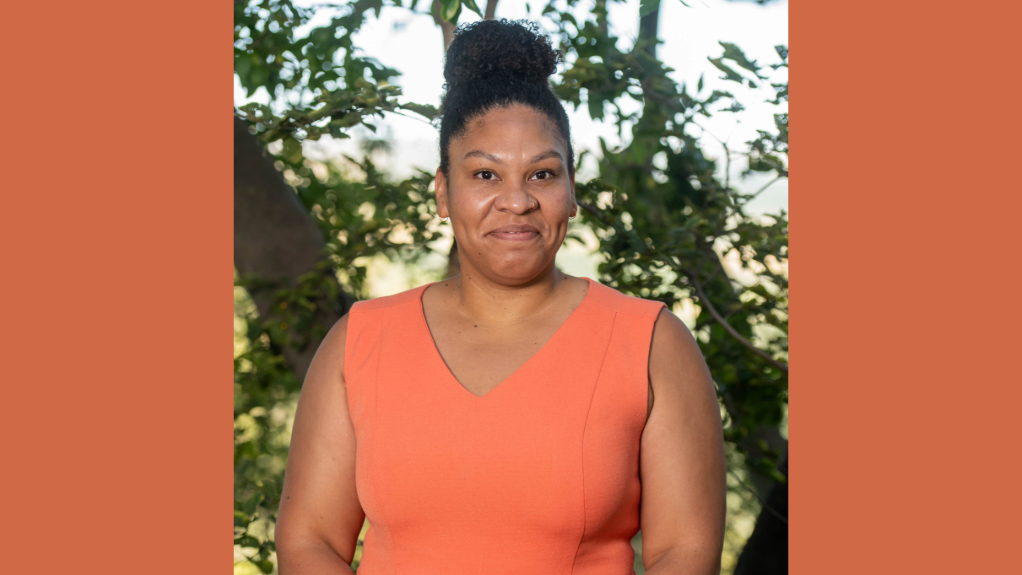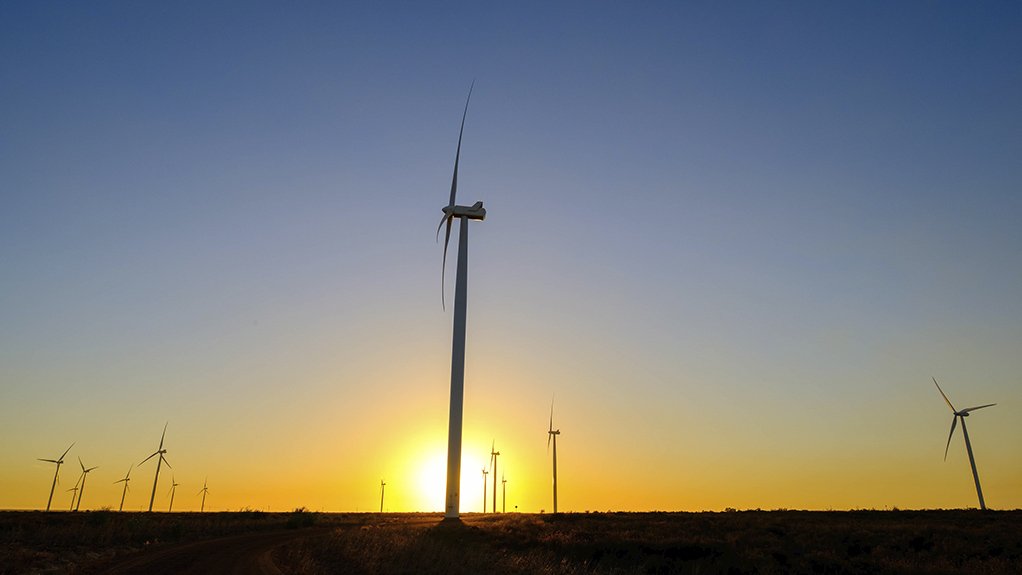Technical and environmental engineering advisory firm Harmattan Renewables is continuing its participation in the Wind Industry Internship Programme, so that student employees in the sector can acquire the experience and skills needed to address the challenge of an ongoing skills shortage in the local renewable-energy industry.
The programme, first launched in 2021 by the South African Wind Energy Association, will equip graduates with the necessary skills to address ongoing wind turbine operations and asset management, as well as assist in the repair of ageing assets, says Harmattan Renewables director Chanda Nxumalo.
“The internship programme allows companies in the sector to employ graduates at a subsidised cost. This is a win-win for both parties – graduates get exposure to the industry, and experience, as well as a year of learning,” she adds.
For Nxumalo, further educating and upskilling wind industry players and employees is “of great importance”, as it aligns with the increased investment in the development, construction and operation of wind energy projects.
Original-equipment manufacturers and renewable-energy training organisations, such as the South African Renewable Energy Technology Centre, are also playing an active role in training wind technicians to repair and maintain wind turbines.
Reinvigorating Ageing Assets
South Africa started operations at its first wind farm during Round 1 of the Renewable Energy Independent Power Producer Procurement Programme (REIPPPP) in 2014, which makes the assets – such as those at the Umoya Wind Farm – ten years old, despite being commissioned only on March 31, 2015.
“Projects under the REIPPPP must make provision for decommissioning of the wind farm at the end of the power purchase agreement. This is, essentially, a reverse process from construction, where the project is dismantled and removed for scrap or recycling,” adds Nxumalo.
As turbines pass the ten-year mark, she suggests that a lifetime extension analysis may be beneficial, to determine the remaining useful life of turbine components and when they will need to be replaced.
“This allows [for] inspections and maintenance to be planned, contracts to be extended or renegotiated, and decisions to be made on operational expenditure spend to, for example, upgrade certain components or cannibalise them to ensure safe and profitable operation.”
Alternatively, ageing wind farms can be repowered, a process where the turbines are replaced with newer equipment to prolong the generating life of the project.
However, upgrading to newer technologies also means that permits and environmental authorisations need to be amended and updated, notes Nxumalo.
Harmattan Renewables offers organisations a full turnkey technical and environmental consultancy service solution for the full life cycle of wind and renewable-energy projects, including initial feasibility studies, layout design, construction monitoring, as well as asset and performance management, regardless of the wind turbine facility location being in a region with low- or high-speed winds.
The company’s service offerings, paired with its educational and upskilling initiatives, are likely to have several benefits for the wind energy sector in South Africa, as it helps with the hybridisation of power generation resources and enables the country to become a mixed-energy economy, with an emphasis on renewable resources.
Edited by: Nadine James
Features Deputy Editor
EMAIL THIS ARTICLE SAVE THIS ARTICLE
ARTICLE ENQUIRY
To subscribe email subscriptions@creamermedia.co.za or click here
To advertise email advertising@creamermedia.co.za or click here















